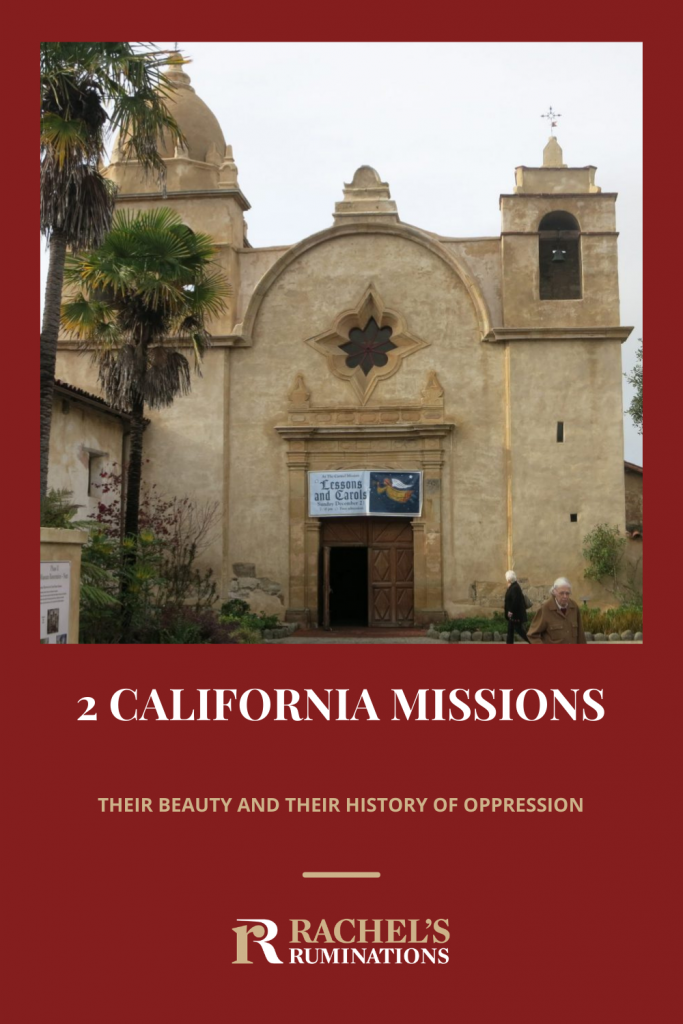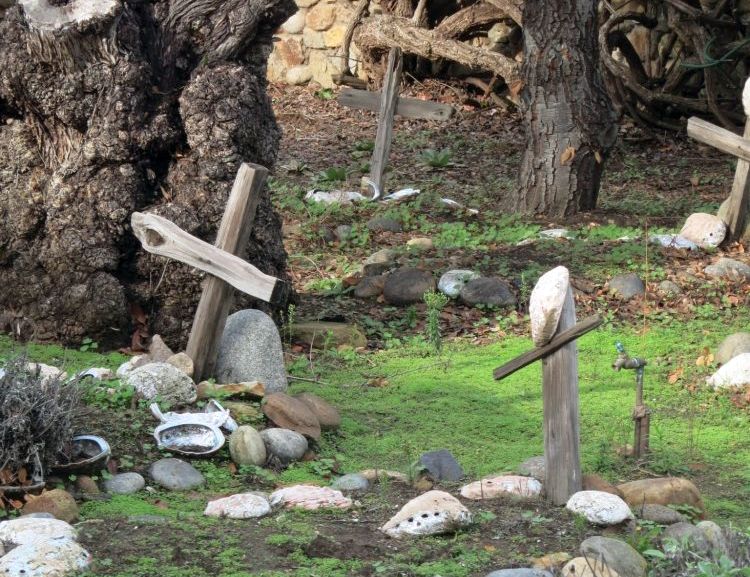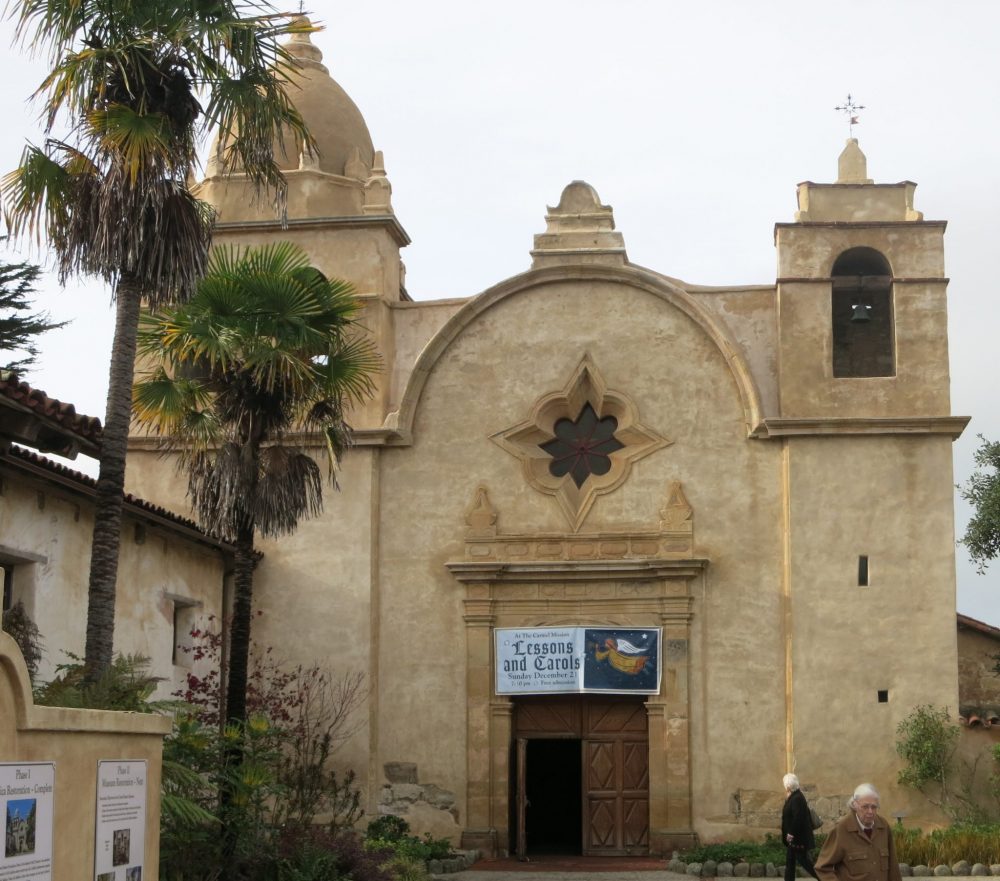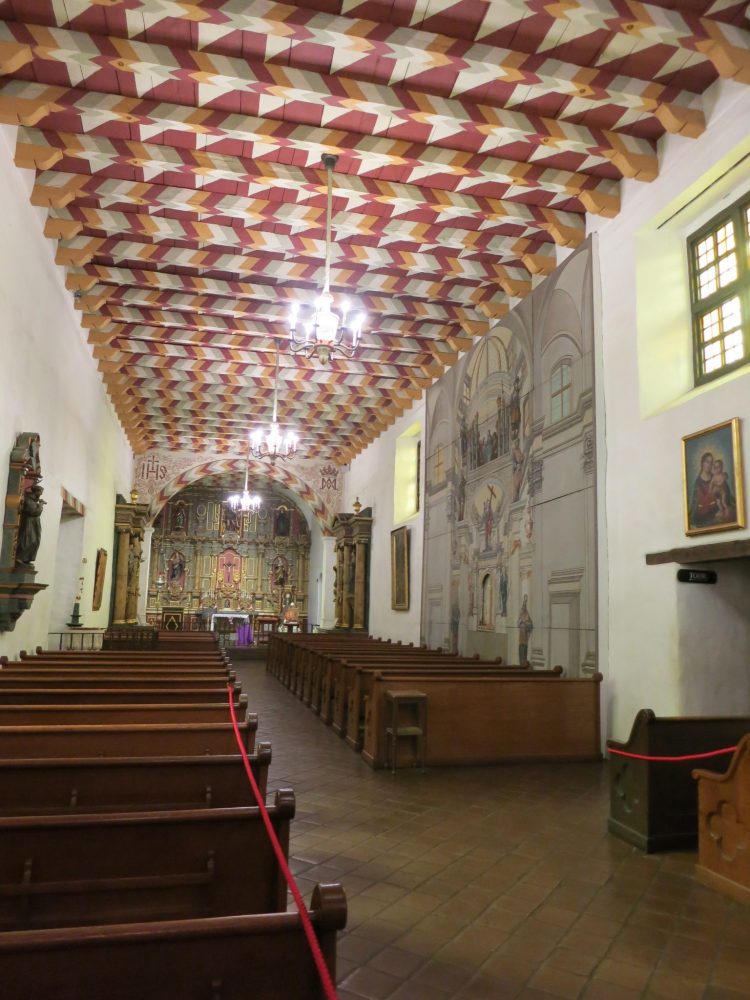Two pearls of the California mission system: Carmel Mission and Mission Dolores
We often forget that California history goes further back than the “49-ers,” the gold prospectors who hurried to California once gold was discovered in 1848. Carmel Mission and Mission Delores in Northern California are two pearls of the California mission system that arrived long before the Gold Rush.
Disclosure: This article contains affiliate links. If you click on an affiliate link and make a purchase, I will receive a small commission. This will not affect your price.
The first European settlers in California were not “49-ers;” they were Spanish. California belonged to Spain from 1769 to 1821, and then to the Mexicans until the US took it from them in 1848 after winning the Mexican-American War.
The Spanish in the New World, besides looking for gold, set out to expand the Spanish colonial empire, along with spreading Catholicism. They established a string of 21 missions along the coast of California, all of which are still standing.
The California mission system eventually grew from the first built (1767) at the border with Mexico in San Diego, all the way up the coast to north of San Francisco in Sonoma (1823).
I’ve visited two of them so far. Carmel Mission (properly called Mission San Carlos Borromeo Del Rio Carmelo) in Carmel is the second oldest of the missions, built in 1770. Mission Dolores in San Francisco was built in 1776, making it the oldest surviving building in San Francisco.

Carmel Mission
If you’ve ever travelled in Latin America, you’ll feel like the Carmel Mission was simply picked up from some small sleepy South American town and plunked down in California. Architecturally it is very Latin American: built of adobe covered in plaster, with bells set up high in the front wall, and Native American-influenced paintwork on the inside.
The cemetery outside contains a few rows of graves marked by wooden crosses. Each wooden cross has a large seashell hanging on it or on the grave itself. I assume these mark the graves of Native Americans. On the opposite side of the path stand the graves of the European part of the congregation: these have stone markers. Segregation even in death. One of the stone graves claims the person lived to 151 years old!

There’s a large cloister as well, planted with bougainvillea, aloe plants and so on, again looking like it’s from somewhere else: a peaceful place to sit.
Mission Dolores
Mission Dolores in San Francisco is very similar to Carmel Mission, built in almost the same style, but today completely surrounded by other city buildings, including the Catholic Basilica next door.
Again, it’s the original adobe building, this time with a painted ceiling in Native American style. The graveyard in this case is a quiet, lush oasis in the city. I was inclined to just sit and soak in the meditative atmosphere.
Booking.comNative Americans in the California mission system
In admiring the quiet beauty of these missions, though, it’s easy to forget what they represent: the first disruptive encroachment of European society into a peaceful, thriving Native American culture in California.
These churches were built and supported by Native American laborers, who converted – or were converted – to Christianity. The California mission system involved coercing them into working for the Spanish, and, according to Wikipedia, the font of all knowledge, they were treated more or less like slaves. They were unpaid, and soldiers were sent to recapture them if they left. In addition, death rates were appalling, often from diseases brought by the Europeans.
Mission Dolores has some interesting displays about the lives of the original Native American inhabitants. Decimated, their history has been reduced to some artifacts, a diorama and some explanatory signs. Nevertheless, at least they are receiving some attention these days. A reconstruction of a traditional reed hut stands in the graveyard there.
You might also enjoy these articles:
- Traces of El Paso’s History
- North Beach neighborhood guide: A local’s favorite things to do
- The Rosie the Riveter Museum: Fascinating WWII home front history
The class distinction between the Spanish arrivals and the native inhabitants was clearly very strictly maintained, as evidenced by the separate sections of the graveyard at the Carmel Mission. It’s strange to take in this peaceful atmosphere today, and realize what violence and suffering was necessary to create it all those years ago.
I assume that if you are of a religious inclination, both of these churches would welcome you to take part in services. We happened to visit Carmel on a Sunday and a service was ending as we arrived.
If you are religious, or if you’re interested in the architecture or history, this would be an interesting way to visit California: traveling along the coast (a gorgeous drive in itself), viewing all of the missions one by one, south to north or vice versa. Since the intention was for them to be one day’s horseride apart, 30 miles separate each from the next.
If you do so, please don’t forget to consider the Native Americans who contributed their labor and often their lives to create these lovely, peaceful places.







Interesting post, Rachel! Have you thought about writing a book about Missions around the world?
Hmm. I’d happily do that if I could get someone to sponsor the travel!
How interesting! I had no idea that there were so many missions still present in California. I will have to make sure to visit some on my next trip. Native Americans can never be honored enough to make up for the tragedies that they faced from the settlers. At least places like these act as reminders of their history.
I didn’t know either! I only knew about these two but Wikipedia, the fount of all knowledge, showed me the others. Yes, they serve as reminders, whether intentionally or not. Thanks for commenting!
This is really impressive! I had no idea that California has that rich Spanish and Latin background. It explains everything – when I was there, I met many people who didn’t even speak English and in LA I found many Mexican districts. Now I know why.
Yes, though I’m pretty sure the ones who live in CA but don’t speak much English are recent immigrants. The descendants of the early Spanish and Mexicans would be fully assimilated by now. I’m glad you liked the post!
Great little post about an oft forgotten fact.
California’s history is certainly much deeper than simply when it was absorbed into the Union 🙂
Indeed!
Great post! It’s seems like people forget that America has a much richer history than just the ~250 years that the U.S. has offered to the world. Like you mention, there were explorers and before that, the Native Americans. Here in Charleston (SC), there are European settler sites from the late 1600s, as well as Native American artifacts from a few thousand years ago. It’s this layered history that I love about our country! I hope to make it over to CA to see these things soon!
Yes, you should! I remember being amazed when I visited St. Augustine in Florida (Europeans), and also Mesa Verde in Colorado (Native Americans). We don’t really think there’s anything that old in the US, but there is. The Europeans laugh at the idea, but North America has a long history too. Thanks for commenting!
Thank you for this informative post! And Doreen is right: you should write a book! I’d be happy to brainstorm about pitching to sponsors. I am looking into that as well.
I’d love to write such a book! I’m not sure hubby would be very happy with my being away long enough to visit all of the missions…
I just checked: it’s been done, and relatively recently too!